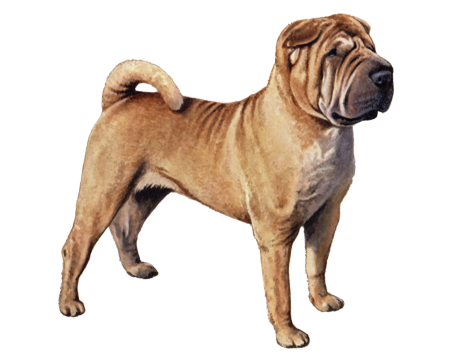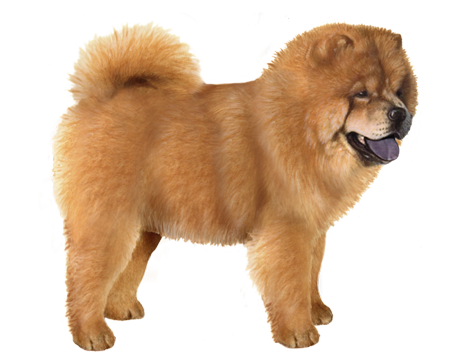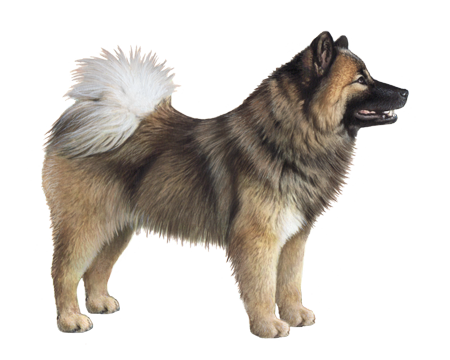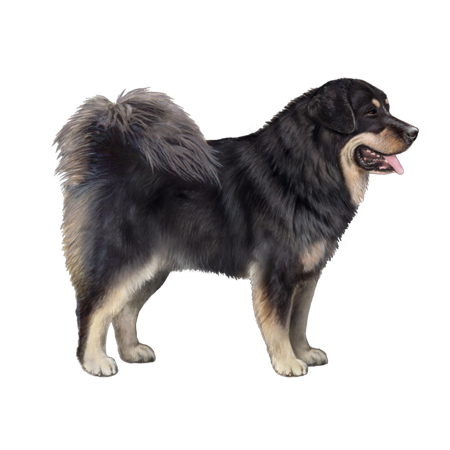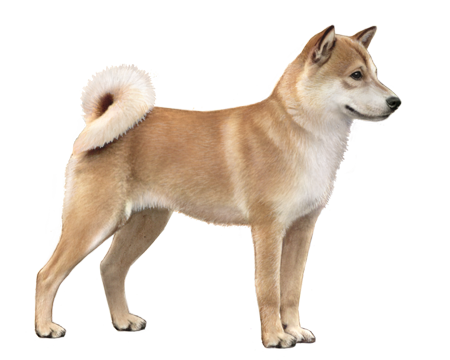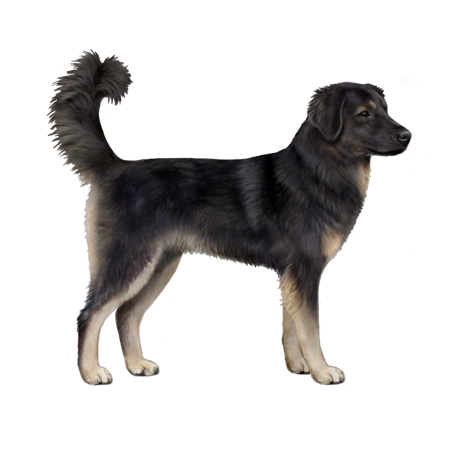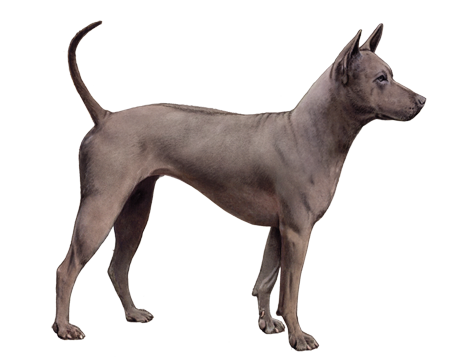
Alaskan Husky
Alaskan Huskies are strong-willed, confident, hardworking dogs. Born to run, they're dedicated to their people and make a great addition to active families.
Interested in discovering if your dog is an Alaskan Husky?
Check out Wisdom Panel's DNA tests.

Alaskan Husky Traits
General Appearance
Because they're bred for performance and not appearance, Alaskan Huskies can look quite different from one another. But they're typically medium-sized dogs with prick ears.
Coat and Colouring
The length of the Alaskan Husky's coat varies. Dogs with shorter coats are best suited for sprinting because they can more easily shed heat from their bodies. On the other hand, distance dogs have longer hair and thicker coats to protect them from frigid temperatures on long trips. The breed's coat can come in any color or pattern.
Distinctive Physical Traits
Alaskan Huskies are strong, lean dogs with tough feet that allow them to move across frozen terrain.
Alaskan Husky Temperament
Alaskan Huskies are smart, dedicated, hardworking dogs. Bred to pull sleds, these pups need to stay active to be happy. When they get enough exercise, they make calm housemates. But if they don't burn off enough energy, they may turn their attention to unwanted behaviors—such as chewing or digging.
Since they're used to working in a group, Alaskan Huskies have a strong pack mentality. That means they love being part of a family and prefer not to be alone.


Alaskan Husky History
Sled racers and fans of the sport are undoubtedly familiar with the Alaskan Husky. Everyone else? Maybe not. Unlike some dog breeds developed for both performance and appearance, Alaskan Huskies are bred for performance alone.
Humans have a long (as in "more than 15,000 years" long) history of using dogs to pull sleds. Sled dogs had their North American heyday during the gold rush period of the late 1800s and early 1900s. Gold seekers regularly relied on dogs like the Alaskan Husky to transport people and supplies across frozen terrain.
Native dogs in the far north, such as the Inuit and Interior Village dogs, are the foundation of the modern Alaskan Husky. Breeders crossed these dogs with purebreds, including the Alaskan Malamute, Siberian Husky, Pointer, and Saluki, to create dogs built for speed and endurance.
Today, Alaskan Huskies are the preferred dog of sprint and distance mushers in the north.
Alaskan Husky Care
Nutrition
These dogs thrive on a high-quality diet formulated for their life stage. And working Alaskan Huskies need their diets adjusted seasonally. (More protein during the winter months when they're pulling sleds, and less in the summer when they're not as active.)
It's important to keep an eye on your pup's food intake to ensure they maintain a healthy weight. Measure their portions to avoid overfeeding and limit treats to no more than 10% of their daily calories.
Grooming
Brushing an Alaskan Husky's coat once or twice a week will help keep it clean and healthy. During periods of seasonal shedding, more frequent brushing with a pin brush will help remove the old coat. Regular nail trims should also be part of their grooming routine. Nails that get overly long can cause pain and potentially lead to problems running or walking.
Good dental hygiene is also essential to your dog's long-term health. Dental disease is one of the most common health conditions in adult dogs. Left untreated, it can lead to serious issues. In addition to professional cleanings, establish an at-home dental care program that includes regular teeth brushing and veterinarian-recommended dental chews.
Exercise
Alaskan Huskies need a lot of physical exercise. They're happiest when showing off their natural skills during winter sports—such as sledding, skijoring (pulling a skier), and carting. When that's not an option, long walks and runs will do the trick.
Basic obedience training will also provide them with much-needed mental exercise.
Training
Alaskan Huskies can be very strong-willed. To combat any stubborn tendencies, start consistent and firm (but gentle) training during puppyhood. Reward-based methods using treats and favorite toys work well for this breed.

Alaskan Husky Genetic Health Conditions
-
Alaskan Husky Encephalopathy
Alaskan Husky Encephalopathy (AHE) is a severe, early-onset disorder of the nervous system that causes wide-ranging clinical signs, including seizures, behavioral changes, and incoordination.
Knowing if your Alaskan Husky is a carrier or at-risk for these conditions can help you and your veterinarian plan for your pup's lifelong care. With Wisdom Panel™ Premium, you can get results for over 200 genetic health tests.
Breed Group
Asian and Oceanian
The Asian and Oceanian group is comprised of breeds whose origins lie in Asia, which have spread as far as Australia, the islands of the Pacific, and the Arctic. This group is possibly the most ancient of all breed groups and were bred for a variety of purposes, including guarding, hunting, and as draft dogs.





